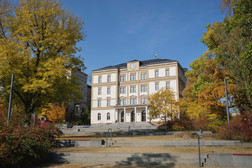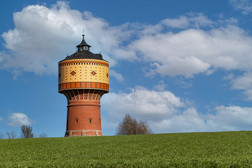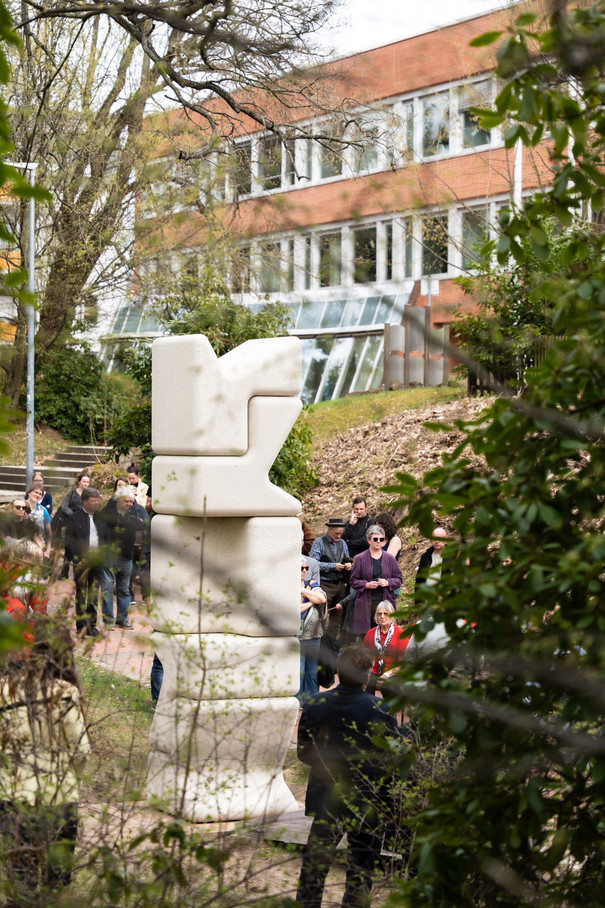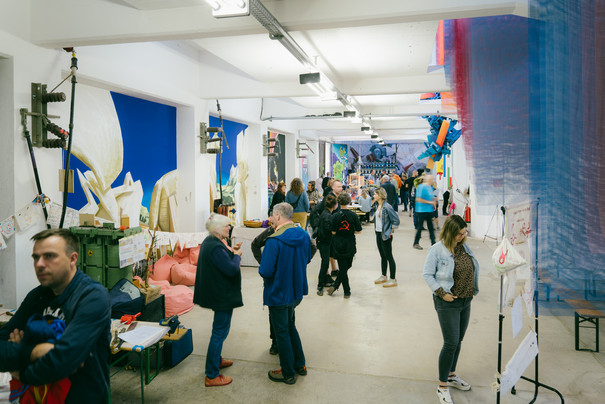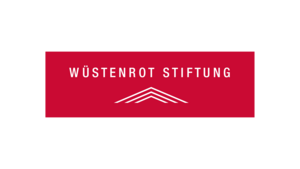The large district and university town of Mittweida is located in the hills of central Saxony. Mittweida, whose name refers to a settlement in the middle of a meadow, was first mentioned in 1209 and was already recognised as a town in 1286. Important sources of income in the Middle Ages were clothmaking and linen weaving, and in 1816 Mittweida's rise to become a centre of the textile industry in Saxony finally began with the founding of a spinning mill. Lovingly reconstructed town houses and craftsmen's houses as well as the golden statue of the "Marmeladentante" bear witness to this. In addition to the permanent and special exhibitions, the "Alte Pfarrhäuser" museum offers a historical school lesson as well as guided tours of the cellar and night watchman. There is also an exhibition on the writer Erich Loest, who was born and grew up in Mittweida before becoming a literary chronicler of Leipzig ("Nikolaikirche", "Löwenstadt").
From the church tower of the "Unser lieben Frauen" church, you can get an overview and inevitably discover the campus of Mittweida University of Applied Sciences. With 6,600 students (not all of whom are registered in the town, however) per 14,200 inhabitants, Mittweida has the highest student density in Germany. Younger and older students alike use the Schwanenteich complex with its technical centre, Goethehain and city park as a recreational area in the city centre. Those who want "real" nature will find it in the Zschopau valley and at the nearby Kriebstein dam. The dammed river is used by ferries to Kriebstein Castle and to leisure activities at and on the dam, including a summer lake stage with theatre and concert performances. And there is a well-developed network of hiking trails along its banks.

